Josephine Tey’s novel, The Daughter of Time, is almost seventy years old now, but it has only been in the last few years that the matter of Richard III’s historical reputation has gained wider interest after his remains were found beneath a car park which had formerly been the site of Greyfriars Friary Church in Leicester. Prophetically, it seems, the book’s title refers to an old proverb, Truth is the daughter of time
, since Richard’s popular portrayal in history is that of the usurping king who has his nephews secretly murdered in the Tower of London, and who is heroically deposed by Henry Tudor. This has long been questioned, before Richard’s remains were found, even before Tey’s novel; in fact, as far back as the beginning of the Stuart line, according to her protagonist’s sidekick Carradine, a researcher at the British Museum. Horace Walpole, himself, was one of the fiercest of Richard’s supporters.
But Shakespeare’s portrayal of Richard is memorable and has endured in the memory of many. In comparing himself with his brother who enjoys licentious pleasures, Shakespeare makes Richard say at the beginning of the play:
- But I, that am not shaped for sportive tricks,
- Nor made to court an amorous looking-glass;
- I, that am rudely stamp'd, and want love's majesty
- To strut before a wanton ambling nymph;
- I, that am curtail'd of this fair proportion,
- Cheated of feature by dissembling nature,
- Deformed, unfinish'd, sent before my time
- Into this breathing world, scarce half made up,
- And that so lamely and unfashionable
- That dogs bark at me as I halt by them;
- Why, I, in this weak piping time of peace,
- Have no delight to pass away the time,
- Unless to spy my shadow in the sun
- And descant on mine own deformity:
- And therefore, since I cannot prove a lover,
- To entertain these fair well-spoken days,
- I am determined to prove a villain
- And hate the idle pleasures of these days.
It is a striking portrait, full of self-knowledge, unrepentant and evil. And so, in answer to this most famous impression of Richard III, it is not surprising that Josephine Tey begins with a portrait of Richard, herself, in her story.
Her protagonist, Inspector Alan Grant of Scotland Yard, lies bedridden in hospital after an embarrassing accident. Bored, he looks for something to do beyond the usual offerings of fictions that have been left for him. A friend suggests he works on an investigation and while perusing a series of portraits left for him, he happens upon a famous portrait depicting Richard, staring pensively as he fiddles with a ring on his finger. Grant is drawn to the portrait, and in his first estimations of the subject he sees, A judge? A soldier? A prince? Someone used to great responsibility, and responsible in his authority. Someone too conscientious. A worrier.
Tey’s use of Richard’s portrait is an important motif within the novel. As a detective, Grant prides himself on his ability to judge a criminal type. He relates the story of first realising this ability when he picks out a criminal from a police line-up, not because he was involved or knew anything about the case, but merely as a casual observer who instinctively sees the clues to his class. So, when Grant first wonders whether Richard is a judge, one might be forgiven for feeling that Tey is manipulating the reader. Because Grant later muses that:
Occasionally, one of the counsel [in a court room] might on looks have changed places with the prisoner in the dock … but a judge had a special quality, an integrity and a detachment. So, even without a wig, one did not confuse him with a man in the dock, who had neither integrity nor detachment.
There is a kind of amateur nineteenth century trust in the physiognomy of a man in this thinking, almost as worrying as Grant’s belief in a criminal class. I found this aspect of the novel a little hard to accept, since it seems more prejudicial than scientific, yet it is the very catalyst for Grant’s investigation of Richard and the bedrock upon which much of the later evidence is rested. Tey has Grant return to the portrait again and again. As a metaphor for the use of historical evidence – that evidence and the testimony of the past must be given more than a cursory glance, as is suggested that is all some of Richard’s detractors gave it – the portrait works well in the book. But I can’t help remembering another Shakespeare play and another king, Duncan, who prophetically says There’s no art, To find the mind’s construction in the face.
And in that case, it is true. The trusted Macbeth murders him in his sleep.
There’s another concept introduced in the book, however, which is has more currency in our modern world, the idea of
Tonypandy
. Tey has her characters discover several instances of Tonypandy in English history in the course of their investigations. Today we would call it fake news
. Tonypandy, as Grant points out, is a place in South Wales where Welsh miners, striking for their rights, were shot by government troops. Except, according to Grant, it never happened. The rioters (Grant’s word at this point, not mine) were confronted by unarmed British police and there was a bloody nose or two.
Another example in the book, the Covenanters, a Scottish religious group with man memorials to their martyrs, is derided by Grant as the exact equivalent of the I.R.A. in Ireland
: They were actually worse than the I.R.A,
he says, because there was a fifth column element in it. They were financed from Holland, and their arms came from Holland.
One of the stories of their martyrs – two women drowned for their faith – has all the hallmarks of fake news
. Not only were they not drowned, Grant says, but They were convicted of treason – fifth column work for the projected invasion from Holland
. Yet a monument for them still exists. Naturally, this story is contested on the internet, but the point Tey is getting at through her protagonist, which has implications for the reputation of Richard, should be obvious:
It's an odd thing but when you tell someone the true facts of a mythical tale they are indignant not with the teller but with you. They don’t want to have their ideas upset.
As for the reconstruction of historical events through Grant’s investigation, Tey’s story is compelling. It’s hard to read the book without accepting the thesis that not only did Richard not kill the princes in the Tower of London, but that he was an enlightened king beset by enemies. The means by which Tey draws the reader in is through the detective genre, which makes this book an unusual amalgam of crime and historical fiction. By interrogating the sources of evidence against Richard – their connections to the history and motivations, for instance – Grant builds a case to show that not only did Richard not kill the princes, but that he had no reason to. Added to this, there was no speculation about their fate until after Richard was killed at the Battle of Bosworth, and not before when the supposed crime would have rallied many in England against Richard. The evidence in favour of Richard is detailed and well supported, and much more convincing than a review of this type should explicate. That’s the point of reading the novel, after all. And another interesting facet of the story is the theory about what did happen to the princes, which is another aspect of the story I won’t discuss here, because it would be tantamount to revealing the murderer in a Whodunnit.
Of course, the one qualifying thing I will say about this book as a crime fiction is that it assumes some knowledge of the history of Richard III; at the very least, knowledge of the old stories about Richard the Monster that the story seeks to debunk. However, several of the discussions speak about some of Richard’s family and other historical figures of the time in some detail. Having not read anything about this history for a few years now, I had to concentrate and found myself making a few notes, since my memory of this history was not quite up to the level I think the author anticipated. Despite that, even if a reader was left a little puzzled over some of the finer details of the historical story, the key principles that drive Grant’s thesis are clear and easy to follow. For lovers of crime fiction, or those interested in the historical process, this book is well worth a read.

 RSS Feed
RSS Feed Facebook
Facebook Instagram
Instagram YouTube
YouTube Subscribe to our Newsletter
Subscribe to our Newsletter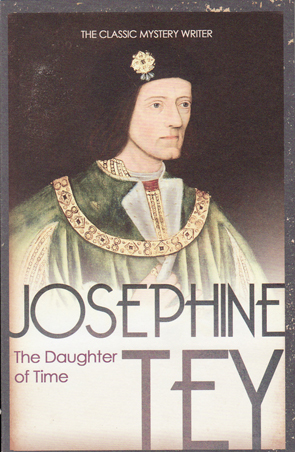

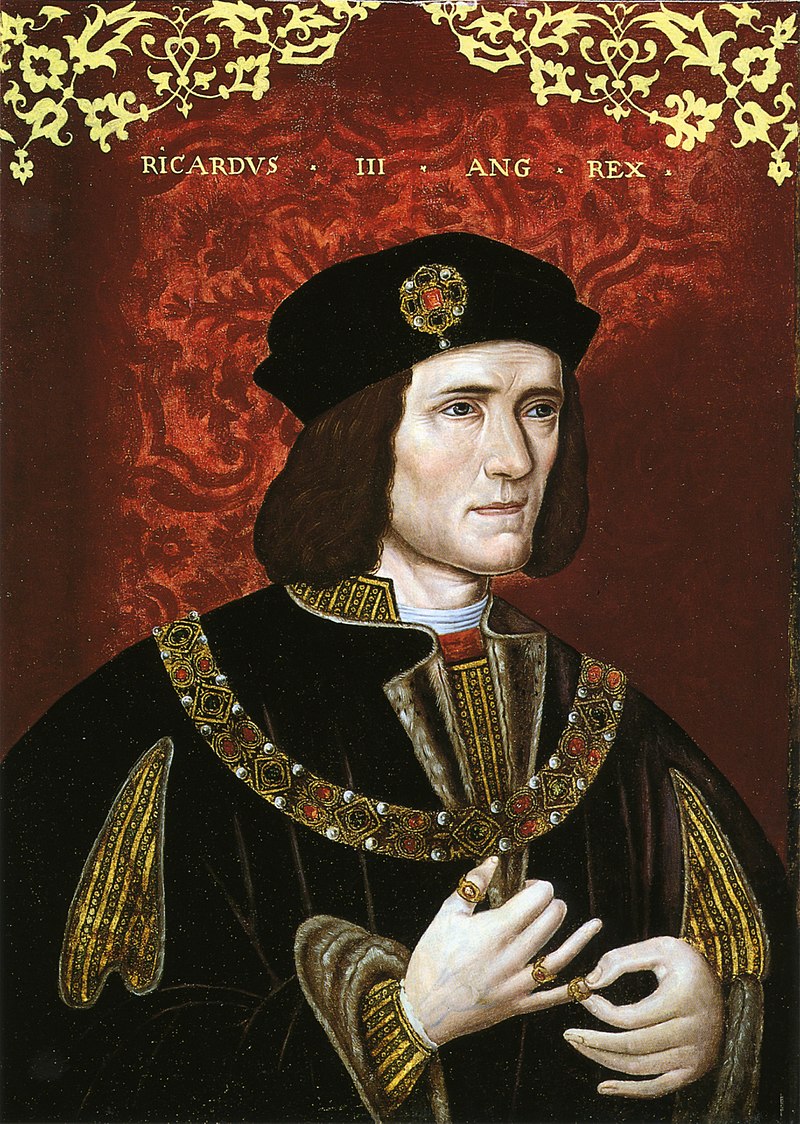
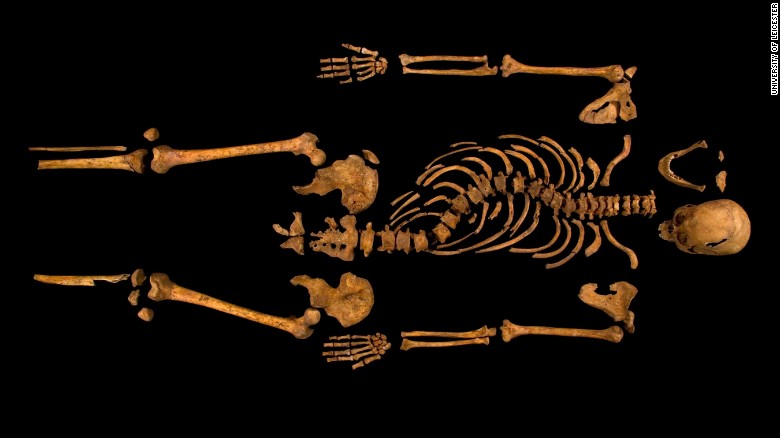
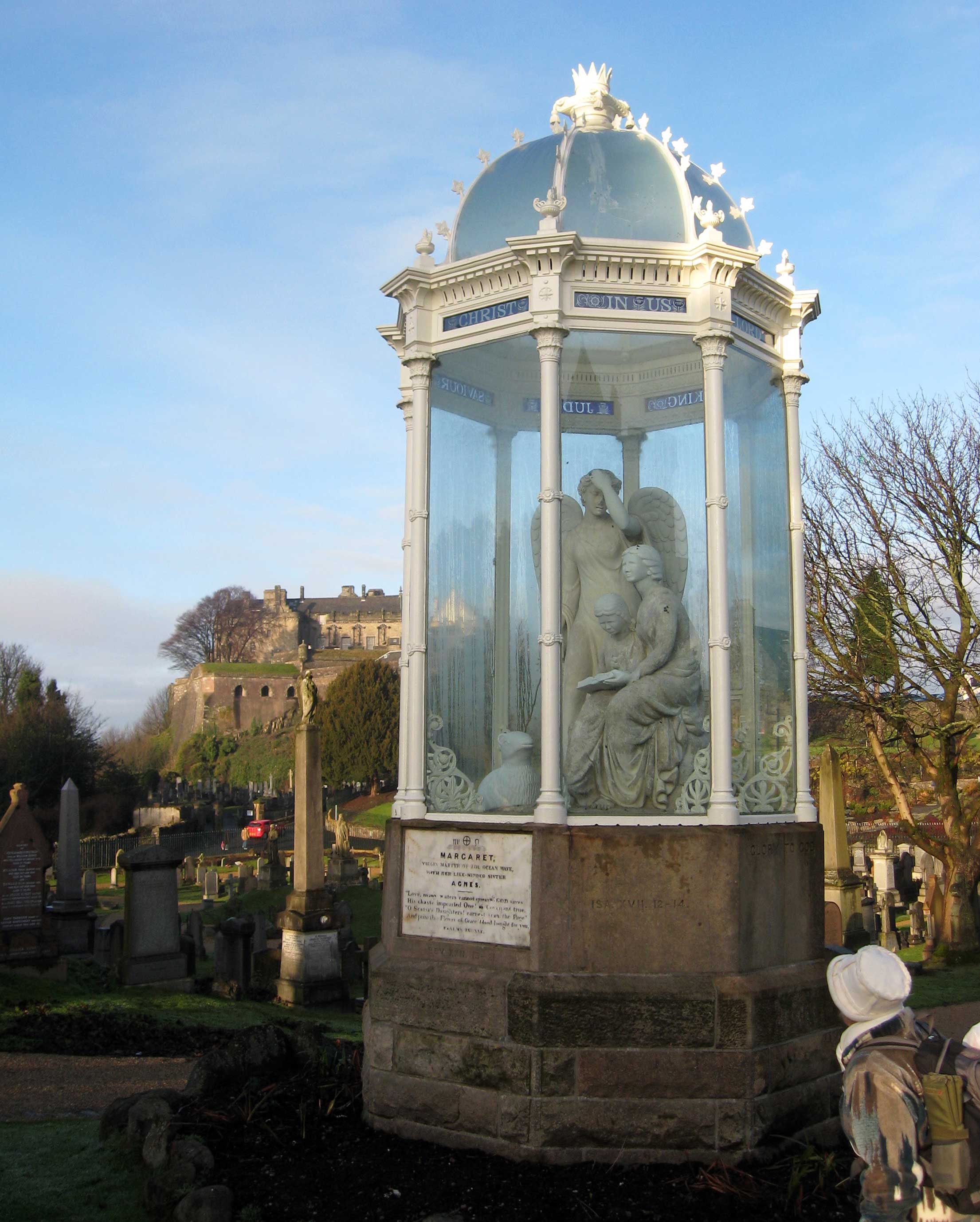
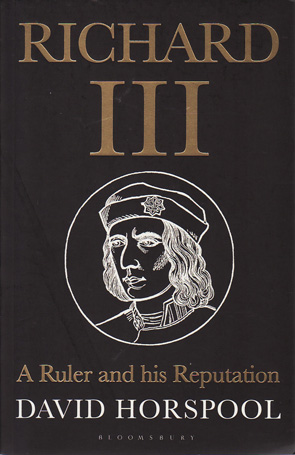


No one has commented yet. Be the first!